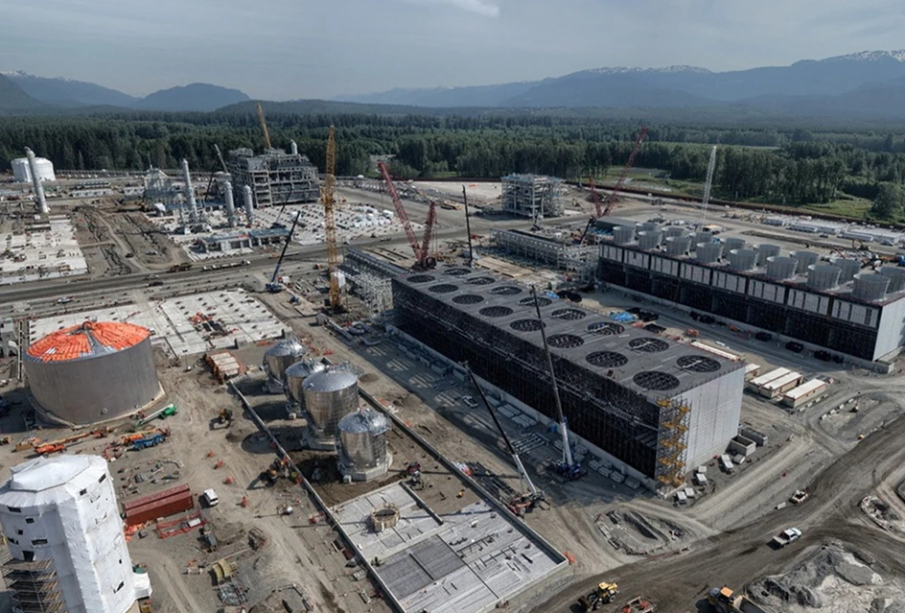LNG Canada: A Catalyst for Economic Growth and Energy Transition

Introduction
Liquefied Natural Gas (LNG) is increasingly recognized as a vital component in the global energy transition, offering a cleaner alternative to traditional fossil fuels. In Canada, the LNG industry has gained significant traction, particularly with the establishment of the LNG Canada project in Kitimat, British Columbia. This project holds the promise of not only boosting the Canadian economy but also meeting international energy demands while adhering to environmental standards.
The Importance of LNG Canada
Launched in 2018, the LNG Canada project is a joint venture involving major companies, including Shell, Petronas, and PetroChina. The facility is designed to export LNG from Canada to global markets, particularly in Asia, where the demand for natural gas is on the rise. This aligns with Canada’s commitment to reducing greenhouse gas emissions by utilizing LNG as a transitional fuel that is less polluting compared to coal and oil.
Current Developments
As of late 2023, LNG Canada is progressing toward the completion of its facility. Construction has faced several challenges including labor shortages and regulatory hurdles, but the consortium has remained committed to sustainable practices. Recent estimates suggest that the project will generate over 10,000 jobs during the construction phase, with many opportunities projected for local and Indigenous communities, boosting local economies significantly.
Moreover, the project is set to further attract investments into the region, enhancing local infrastructures such as roads and utilities which will impact future developments in British Columbia. The Canadian government has also shown its support by facilitating regulatory processes to expedite project timelines, further highlighting its significance in diversifying Canada’s energy portfolio.
Economic and Environmental Impact
The economic implications of LNG Canada extend beyond immediate job creation. The project is expected to contribute billions to Canada’s GDP and substantially increase federal revenues through taxes and royalties. This growth potential is essential as the world pivots towards more sustainable energy practices while still requiring reliable energy sources.
Simultaneously, LNG Canada demonstrates a conscious effort towards environmental sustainability. The facility will implement cutting-edge technology to minimize emissions, encourage energy efficiency, and promote best practices in environmental stewardship. Notably, the consortium has committed to reaching net-zero emissions by 2050, positioning itself as a leader in sustainable LNG production.
Conclusion
As the world transitions towards cleaner energy solutions, LNG Canada stands at the forefront of this shift, offering a pragmatic approach to energy needs while fostering economic growth. The success of this project could serve as a blueprint for similar initiatives globally, highlighting the potential of Canadian LNG to meet both domestic and international energy demands responsibly and sustainably. Observers anticipate that as LNG Canada opens its doors, it will set the standard for future projects and significantly influence the global natural gas market.







